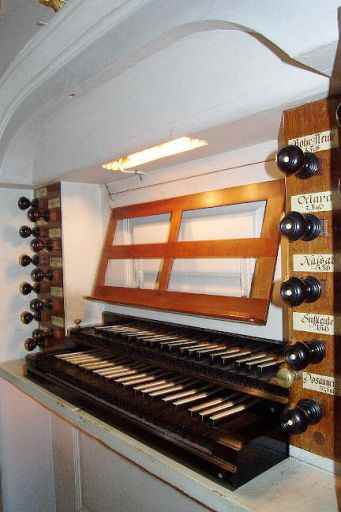
1731 Gottfried Silbermann Organ
P2P | 30 October 2022 | 6.09 GB
The instrument is located in a historical village church in East Germany near Dresden, based on a church of the 13th century, which was reconstructed and extended during the following centuries, last in 1742. The church acoustics is dry and clear because of the large amount of wooden installations. The organ was built in 1729-31 by Gottfried Silbermann of Frauenstein/Sachsen, Germany. Gottfried Silbermann organ types can be divided into different architecture classes. This instrument represents a typical Silbermann middle-sized church organ and was one of the favourite instruments of Helmut Walcha and Herbert Collum/Kreuzkirche of Dresden. Typical Gottfried Silbermann organ features are strong and sharp aliquote stops, such as the 1 1/2′, 2′ and 3′, rich and warm 8′ Principal stops and bright superoctave stops, such as the 4′, 2′ and 1′. There are very characteristic basic stops such as the Rohrflöte 8′ and Quintadena 8′. The resulting sound is bright, clear and sonorous. The organist doesn’t need many stops to achieve a rich plenum registration. The organ is tuned to the so-called historical “Chorton” (a1=465 Hz).
Viewed 8167 By Music Producers & DJ´s.










